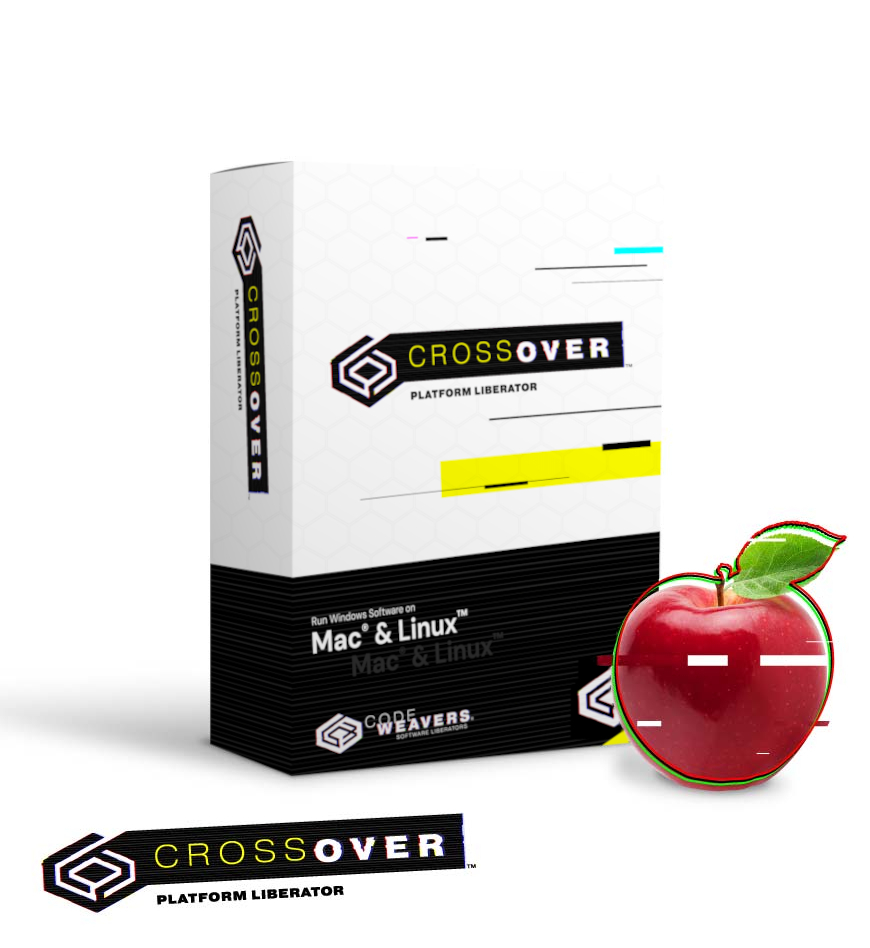

You may be surprised how many of these are on your drive, but you can likely delete them. Extra copies of old apps for which you’ve already installed 64-bit versions.You will likely have quite a few 32-bit apps, as I do, and they’ll fall into a few categories: Click the header of the rightmost column, labeled 64-Bit (Intel), so that entries marked as No are listed first (if it sorts the Yes entries first, click it a second time).It may take a minute for the list to populate with a list of apps installed on your Mac.

In System Information’s sidebar, under Software, click Applications.In the Overview screen, click System Report to launch the System Information utility.Click the Apple menu and choose About This Mac.Thankfully, it’s easy to see which of your apps are 32-bit:
MAC OS 10.13 EMULATOR MAC
(That could mean more aggressive alert dialog boxes or even a requirement that you set your Mac to run in a 32-bit compatibility mode complete with performance and feature penalties. While Apple hasn’t detailed exactly what “without compromise” means, it’s my understanding that 32-bit apps will run on the successor to High Sierra due this fall… just with some sort of undefined compromise. In fact, Jason Snell of Six Colors says that you probably will be able to run those apps in macOS 10.14: But that doesn’t mean you won’t be able to run those older apps.
MAC OS 10.13 EMULATOR PLUS


 0 kommentar(er)
0 kommentar(er)
